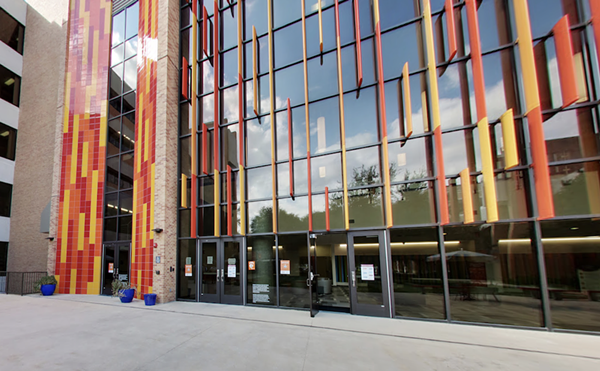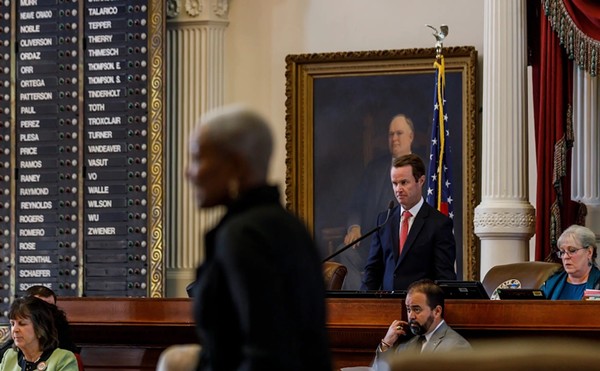Appropriately, no state or monument — not the Montana coal mines, not the stripped mountaintops of Appalachia, not the La Brea tar pits — shows as much dedication to our short-sighted pact with fossil fuels as Texas, where our governor has fast-tracked the permitting process for six new coal-fired power plants so they can be rushed through the system before Perry and his likeminded Republicans face their own extinction (the 2006 elections being as big a canary as you can fit in one coal mine). The newly elected Democratic Congress might not only retrench on the Clean Air Act provisions gutted by Bush, but could pass the first caps on carbon-dioxide emissions, the main culprit in Global Warming.
To meet Perry’s fossil-fuel mania more than halfway, TXU Power, the North Texas utility giant that would build and operate the plants, wants to use dirty lignite coal and older, less-clean technology. Combined with the number of proposed total facilities (11 in all just for TXU), this has caused enough alarm that surprise opponents such as the Waco Chamber of Commerce and Dallas-area business leaders have cropped up like asthma cases downwind of a polluting plant.
Ranchers and residents also lined up during a series of public hearings in November and December to express concern over Central Texas’s already marginal air quality and to remind the state that increased air pollution affects cattle-feed capacity and tourist-luring vistas as well as lung capacity. Because the fast-tracking reduced the process to six months from an estimated 18, some hearings were scheduled on the same day, preventing citizens who will be affected by more than one plant from registering their dissent for each proposed location. The Lone Star Chapter of the Sierra Club has received Party Status in opposing all six of the fast-tracked permits; you can get updates and find out how to express your displeasure with the proposed facilities at Texas.sierraclub.org and Stopthecoalplant.org.
U.S.PIRG (and a host of other organizations) report that power plants are the biggest contributors of soot, smog, and mercury to our already polluted skies and waters. In at least 45 states, consuming types of fish that concentrate mercury in their flesh could make you mad as a hatter. Using data culled from the EPA’s Toxics Release Inventory, U.S. PIRG recently reported that Texas was one of 10 states with the highest emissions of the neurotoxin, which has been implicated in autism among other maladies. And according to the EPA, coal-burning plants are among the industries that release the most sulfur dioxide, the main component in acid rain, into the atmosphere.
In the Lone Star State, East Texas racks up the most violations of federal air-quality standards, for ozone, the main ingredient in smog. Perry would apparently like to spread the trouble a little more evenly; the proposed TXU plant sites are located in Central and Northeast Texas where, the Texas Commission on Environmental Quality reports, the air quality right now is mostly good overall — relatively speaking. But those ratings obscure an ongoing decline in air quality that will speed up dramatically if even just six new plants come online during our generation.
“Regional, continental and even global factors now have a significant influence on air quality in Texas,” reads the home web page of the recently completed Texas Air Quality Study II (preliminary findings can be found at Utexas.edu/research/ceer/texaqsII/), a point well-made in San Antonio, where CPS Energy’s J.K. Spruce II facility is well under way just down the road from Waco’s proposed TXU Lake Creek, which is on Perry’s fast-track agenda. More coal plants mean more nitrogen oxide, which reacts in the atmosphere to form ozone, and Environmental Defense estimates that combined, the new plants “would emit 78 million tons of CO2 pollution per year,” an amount that TXU spokesperson Chris Schein admitted to The NewStandard would “‘probably’ double” carbon-dioxide emissions in the state.
If only Texas had some other natural resources that could be fully developed for cleaner energy … I don’t know … sunshine, or wind, or something. Of course, if we planted more wind farms or solar-panel grids, we wouldn’t be the world’s biggest fossil-fuel theme park.


















